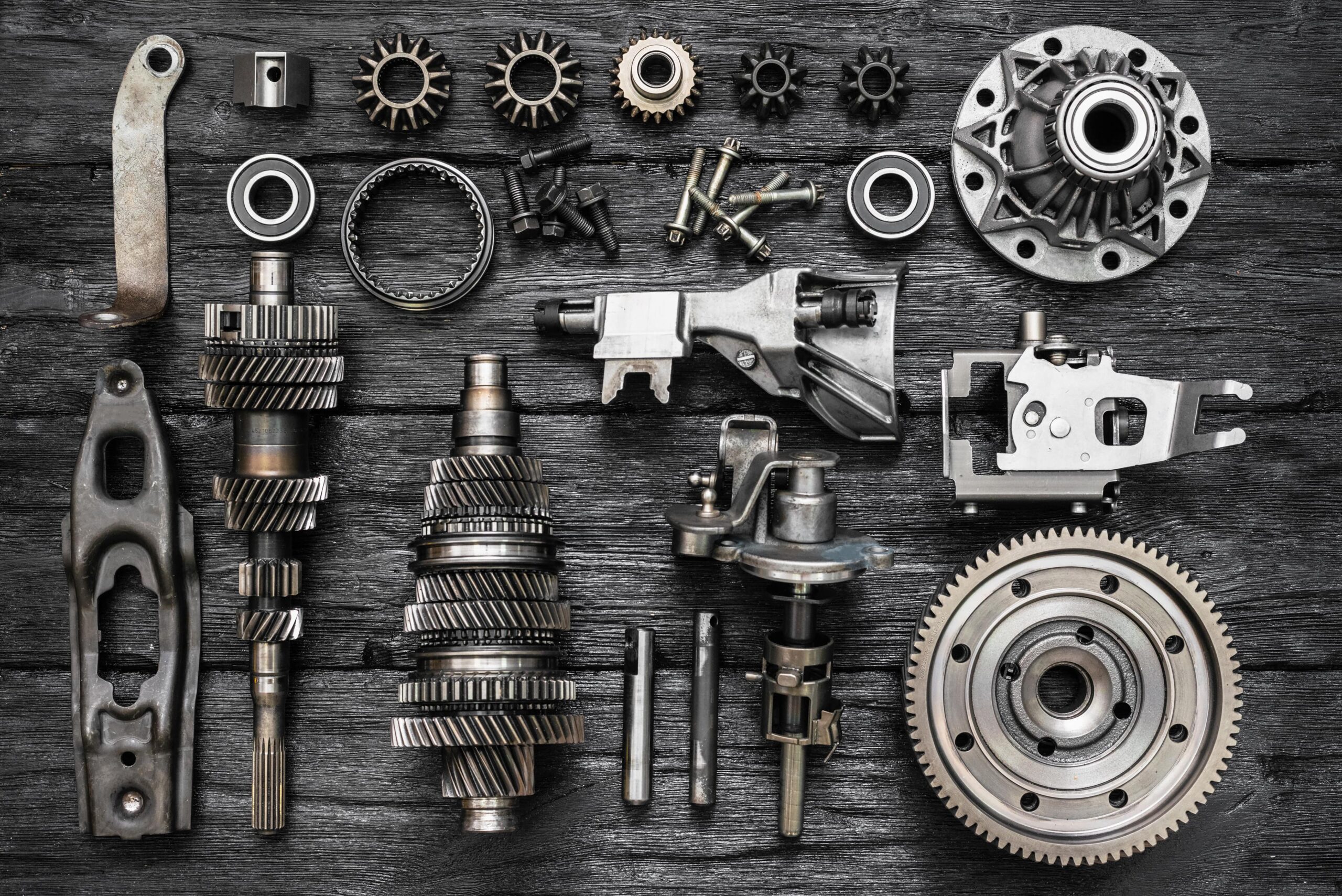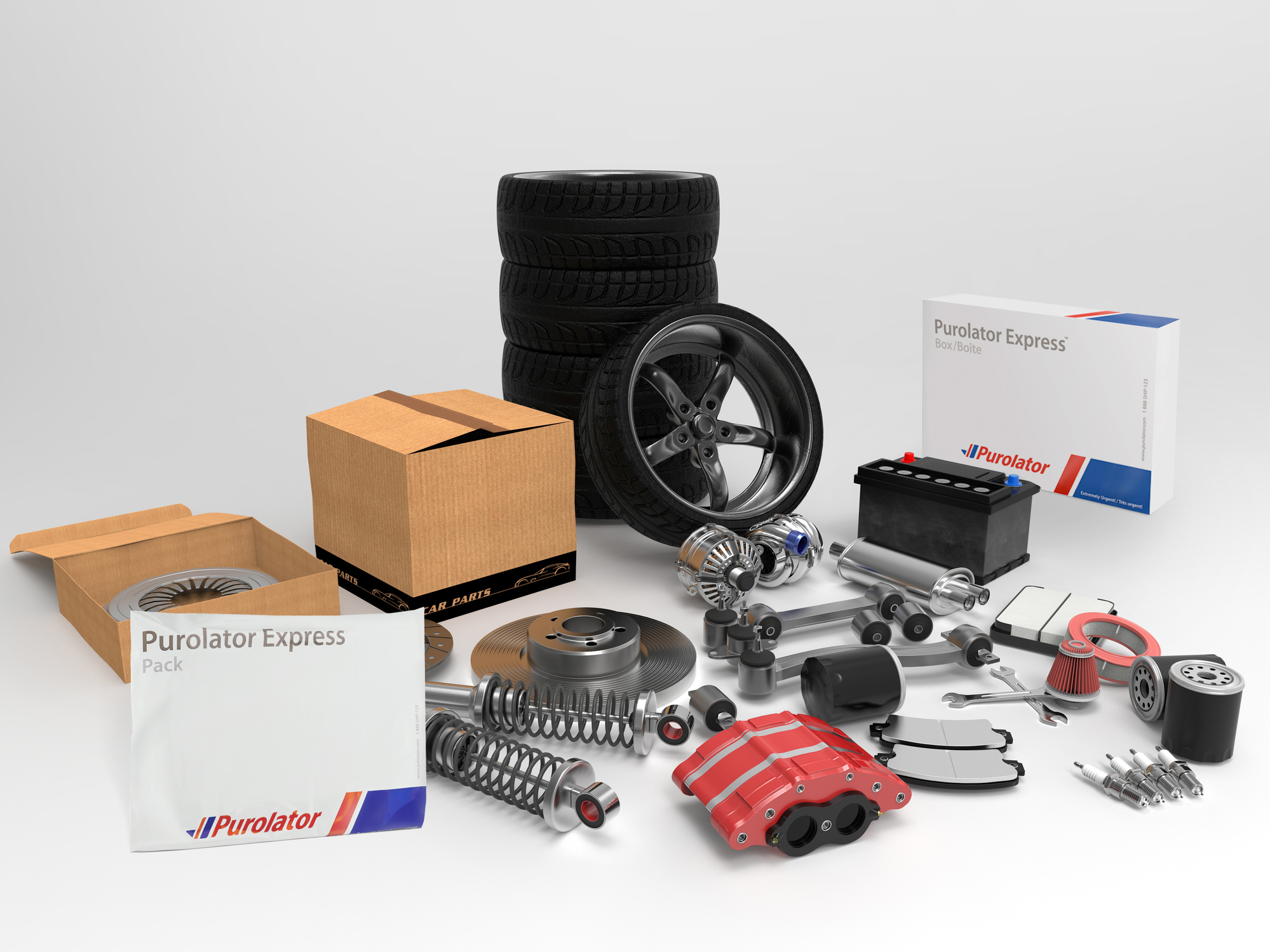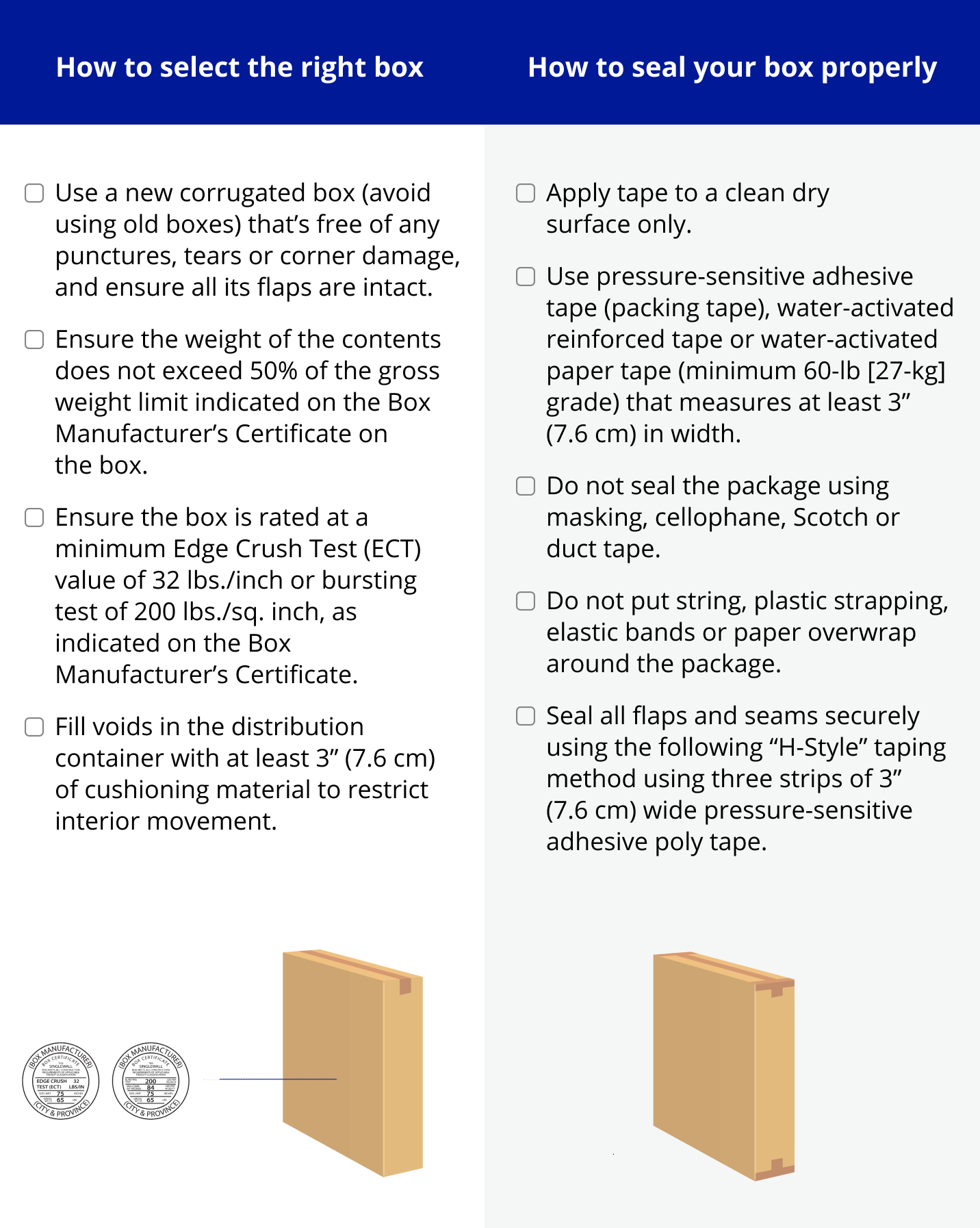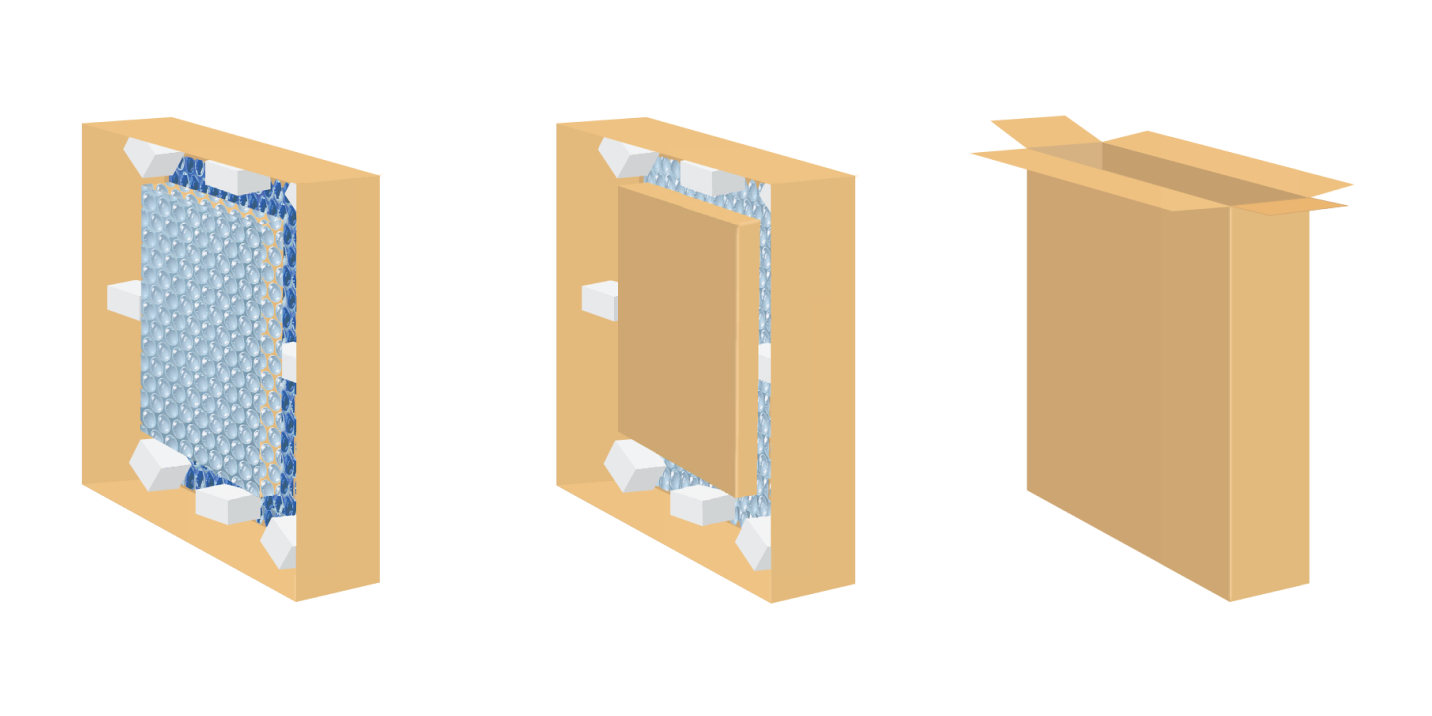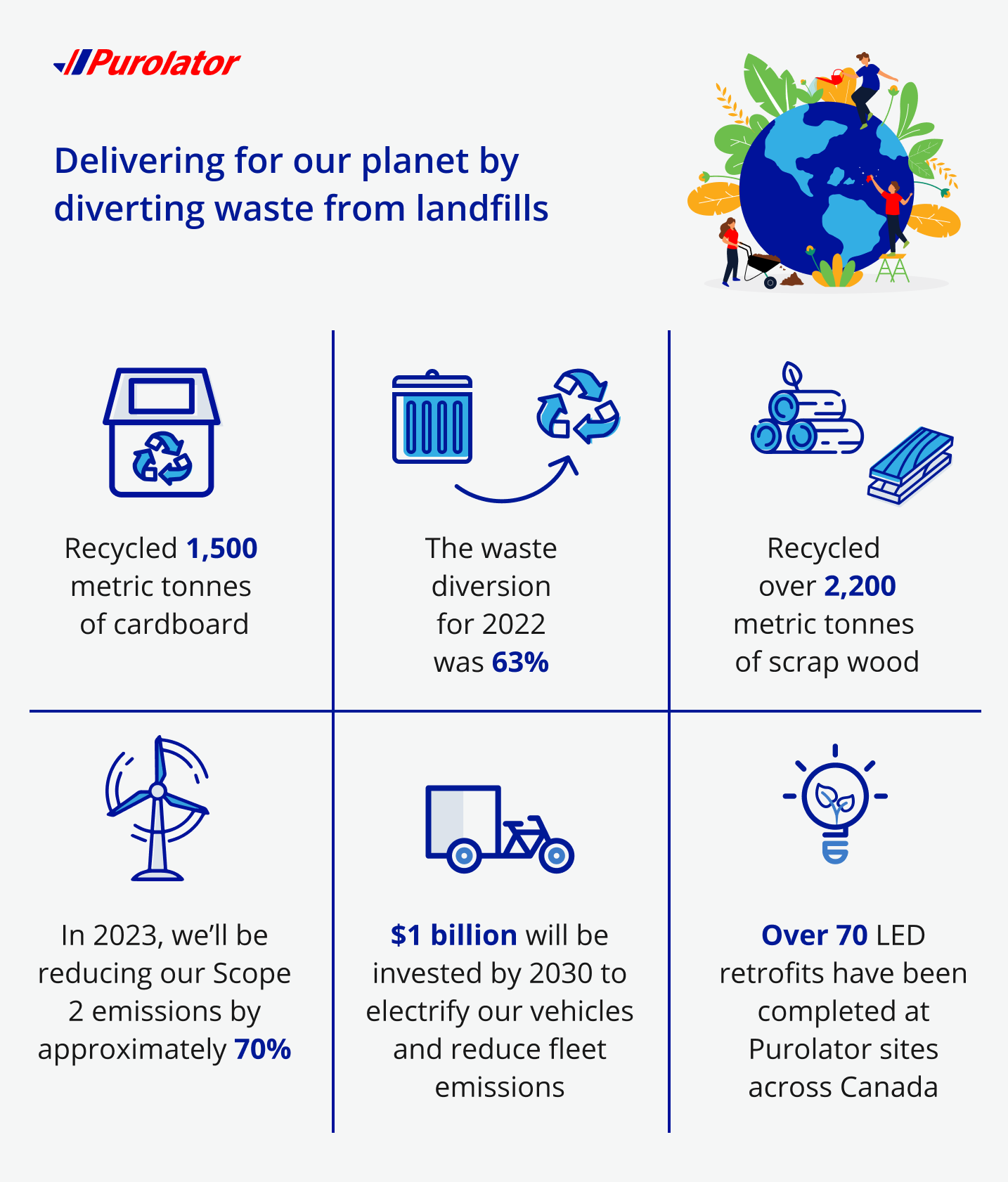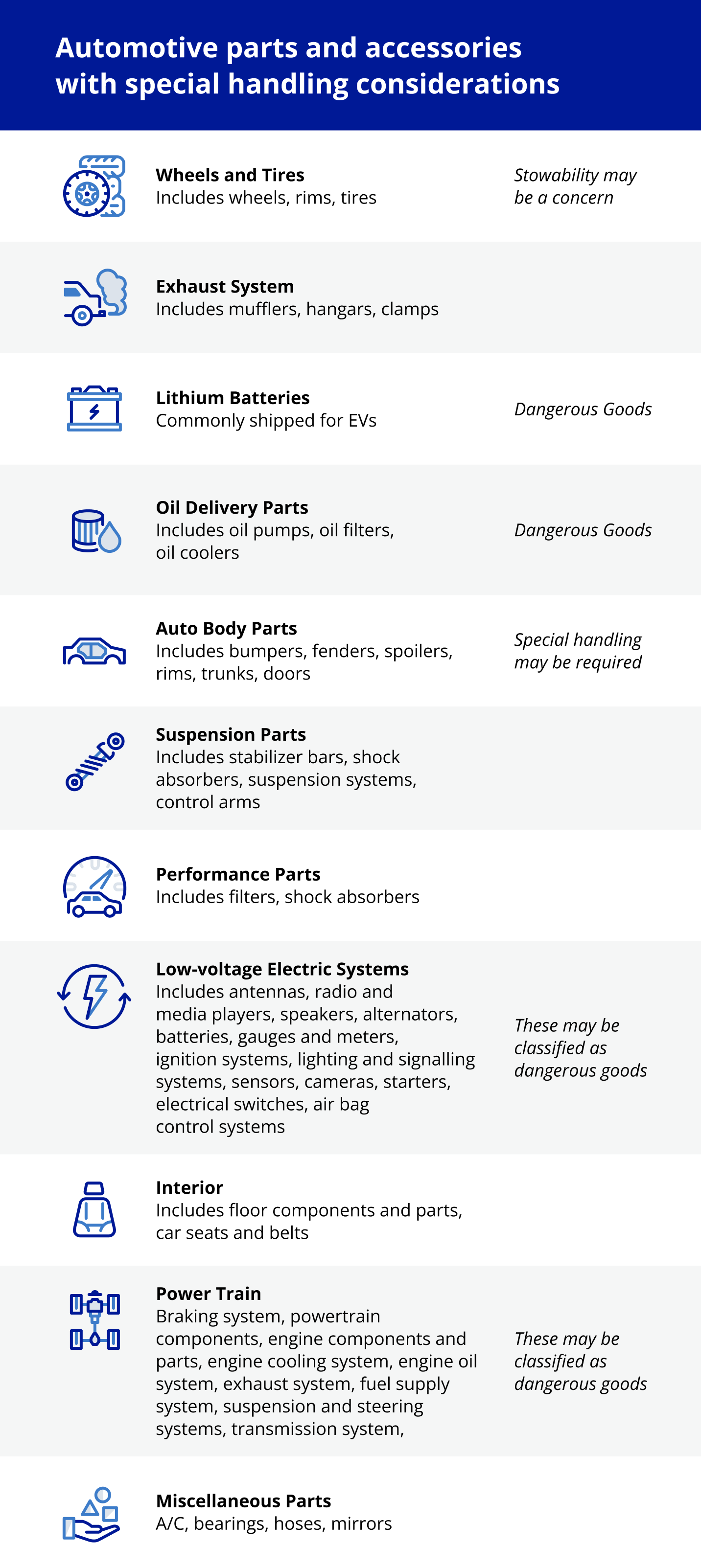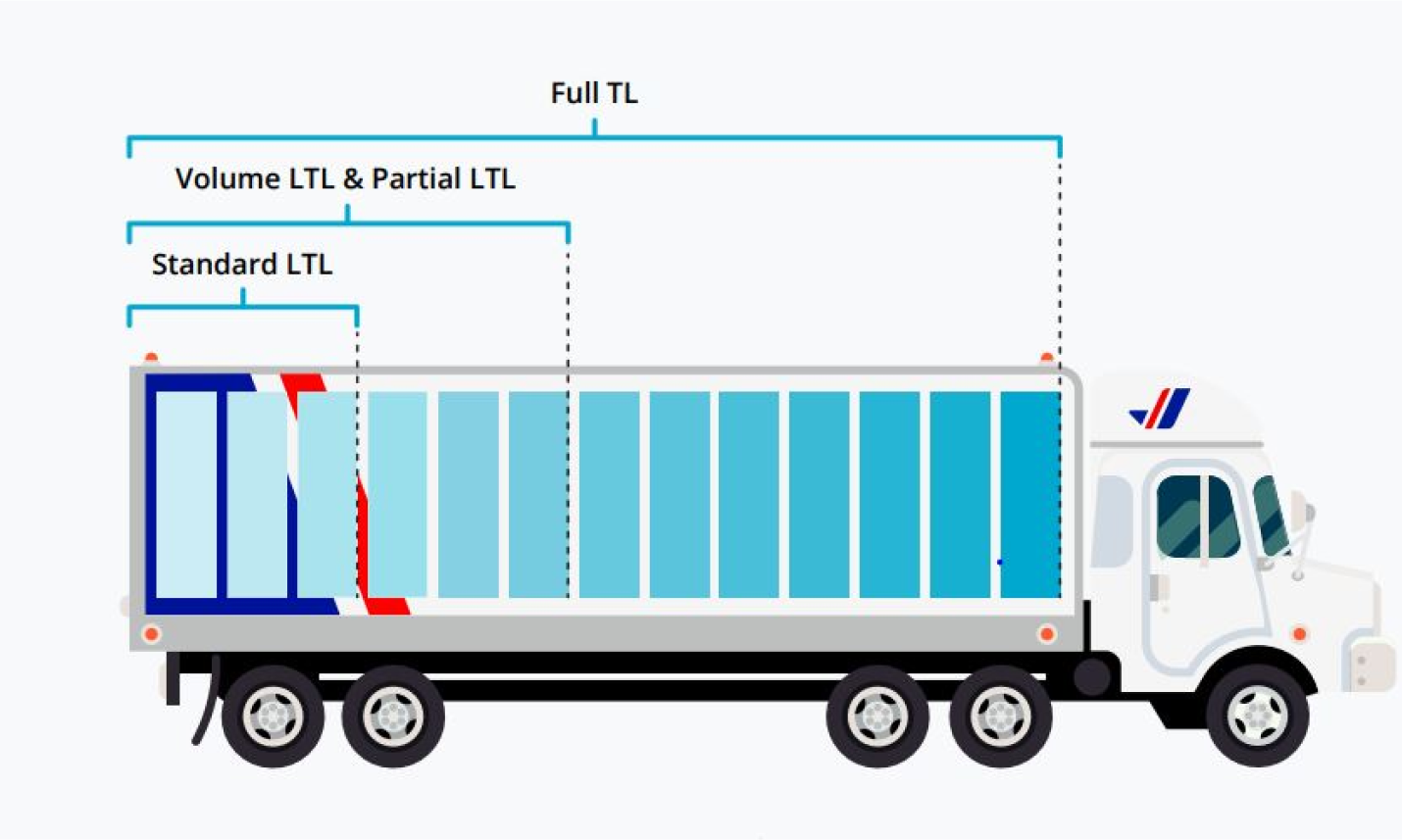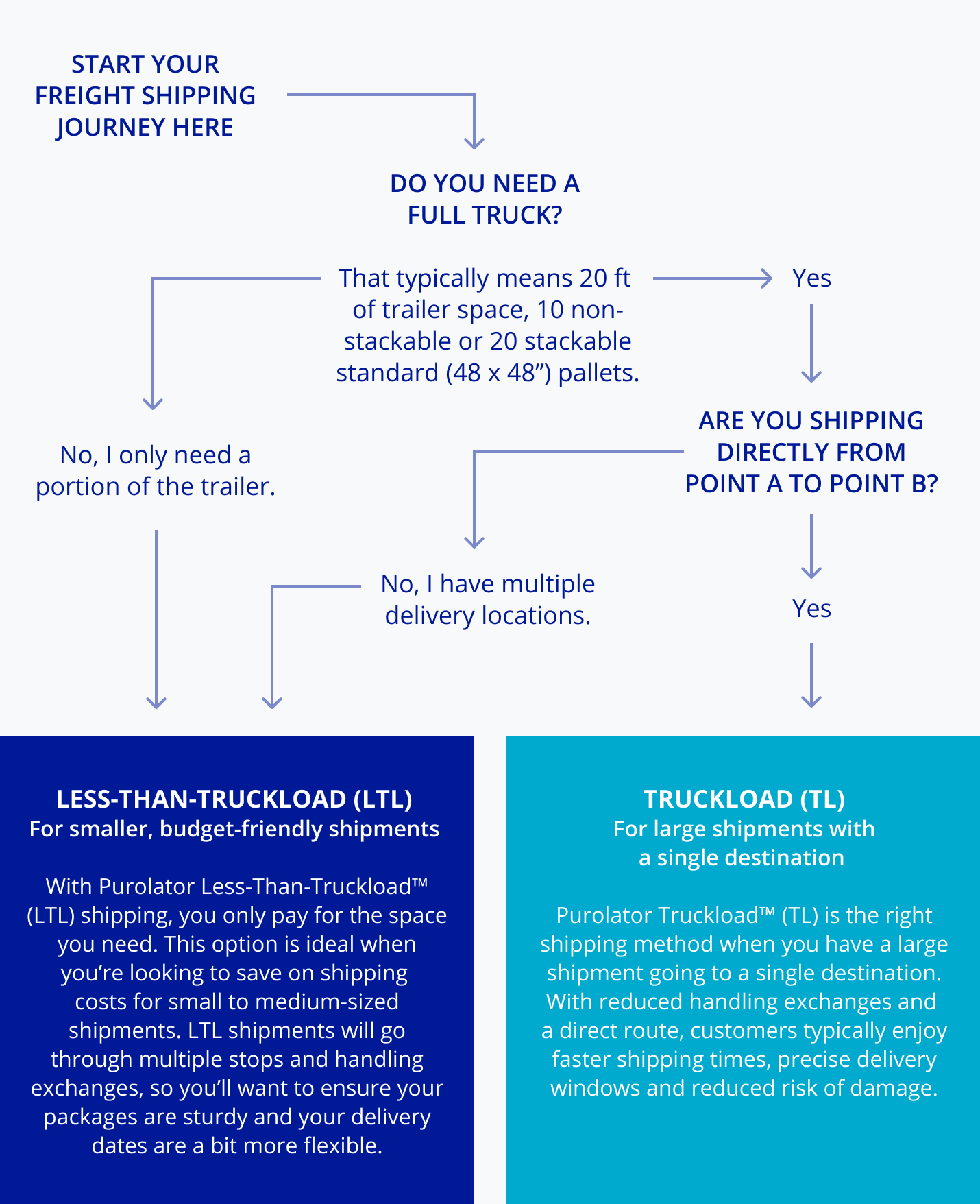Manufacturers and businesses that buy and ship auto parts face many challenges, from ensuring parts are transported without damage to meeting production schedules—and it gets more complicated when you have oversized, irregularly shaped, easily scratched or dangerous goods items. No matter what auto or industrial parts you’re moving—from mufflers and engines to equipment for tractors, combines, sprayers or skid steer loaders—there are proactive measures you can take to overcome auto parts shipping challenges and avoid shipment delays. Late shipments can lead to costly downtime, lost productivity and supply chain delays, resulting in negative customer sentiments toward your brand.
To avoid these risks, it’s crucial for automotive companies to stay competitive with an agile supply chain and solid preparation. This means understanding how to package auto parts for transit to ensure they arrive undamaged and on time, whether you’re shipping across the border or closer to home. From packing and labelling tips to special handling considerations, understand how you can ship seamlessly and keep your business moving.
Key Takeaways
- How to pack and ship auto parts and accessories
- How to package large, oddly shaped and fragile items
- Considerations to pack and ship sustainably
- How to determine freight class
- Automotive parts shipping classifications
- Shipping auto parts and accessories from the U.S. into Canada
- Choosing between less-than-truckload (LTL) or truckload (TL) delivery
How to pack and ship auto parts and accessories
When packaging and shipping new or used auto parts and accessories such as tires, wheels, car doors, mufflers, bumpers, rims or engine parts, you’ll be juggling a few factors, including weight limits, packing materials, fragile items and sustainability. Improper packing and storage are among the most common causes of cargo damage, so take care in this step to ensure your items arrive in good condition.
Most automotive parts are palletized. Use the following guidelines for standard or palletized packaging:
How to package large, oddly shaped and fragile items
Shipping automotive parts can be tricky, as they are often large, heavy, irregularly shaped, unevenly weighted, easily scratched and fragile. If not packed properly, they can shift during transit, leading to damage or even complete loss of the shipment. The risks of improper packing can include delays in delivery, additional costs for replacement parts and dissatisfied customers. However, there are things you can do to prepare your auto parts for a safe shipment.
Considerations to pack and ship sustainably
While packaging auto parts, you might also consider using recycled, recyclable or otherwise sustainable packaging materials. For businesses looking to decrease their carbon impact and shift towards sustainability, the materials you chose can have a huge impact on these goals. It also affects consumer perception of your company, as more consumers favour sustainable shipping options. Partnering with a shipping provider that is focused on environmental sustainability is another great way to reduce your carbon impact. Here are some of the ways you and your shipping provider can manage supply chains with sustainable logistics in mind.
Conducting packaging assessments to reduce plastic consumption and waste.Shipping goods using alternative-fuel delivery fleets such as small low-fuel trucks, as well as hybrid and electric fleets.
Delaying delivery to allow for package consolidation and less fuel-intensive modes of transportation.
Waiving delivery signature for more successful first-delivery attempts.
55% of consumers would pick sustainability over speed.
Returnable packaging options
Two main packaging options are expendable and returnable. Expendable packaging is meant to be disposed of once it reaches its destination, while returnable packaging is meant to be reused in the manufacturing and distribution cycle. By using returnable packaging, you can significantly reduce your company’s carbon footprint and packaging waste, contributing to a more sustainable future for the auto industry. Reverse logistics is a powerful way to align with your customer’s values of sustainability and demonstrate that you care about reducing your company’s environmental impact.
How to determine freight class
Most automotive parts shipments are classified as freight, as long as they weigh over 150 lbs. Goods that weigh less than that are considered courier, and don’t require freight trucks to be delivered. When transporting freight, there are different shipping options to consider, such as less-than-truckload (LTL), truckload (TL), courier and sweep the dock. Selecting the right method for your business comes down to cost savings, the size and weight of your shipments and the time constraints you’re under.
Freight classes are assigned to shipments within the U.S. or cross-border auto parts and accessories shipments between Canada and the U.S. Automotive goods typically fit into the freight classes 60, 65, 70 and 77.5. However, there are a few factors to consider in order to determine the freight class most suitable to your shipment. These include:
- Density — The density of a freight is determined by how much it weighs in relation to its size. The density is equal to the total cubic feet divided by total weight in pounds.
- Stowability — This refers to how the freight fits into regular dimensions. If you’ve packed your goods well, they should be fairly easy to stow. However, based on government regulations, there are some items that can’t be loaded with others. And freight that is excessively heavy, long or oddly shaped may be difficult to load with other shipments.
- Handling — This refers to whether the freight requires special loading equipment or precautions. Generally, items that are hard to stow and those that are heavy, fragile, oddly shaped or hazardous require special handling to prevent damage.
- Liability — This refers to the probability of a freight being stolen, damaged or damaging to other freight nearby. Liability is determined by the value of the freight and whether extra security precautions are required.
Automotive parts shipping classifications
Beyond freight classes, every automotive part has different considerations when it comes to shipping, including special handling, dangerous goods and its size, shape and density. Below we’ve classified auto parts and accessories, primarily for vehicles using combustible engines, as well as EV batteries.
Shipping auto parts and accessories from the U.S. into Canada
In our experience, the right paperwork will help expedite shipments across the border, so work with a partner that can support you in ensuring you have the correct forms. Purolator provides cross-border shipping guidance to help businesses complete complex paperwork the right way for smoother shipping, avoiding delays and issues with cross-border shipping. The documents required can vary depending on the origin or contents of the shipment, however, the most common documents include:
- Commercial invoice – This document is required for customs clearance. It contains specific details about the item you are shipping, including the automotive parts exporter or importer’s name, a description of the goods, the country of manufacture, the unit price and the total price. It also includes information about insurance, commissions or royalty payments.
- CUSMA Certificate of Origin – The Certificate of Origin replaced the North American Free Trade Agreement and is required for some cross-border shipments. This document doesn’t have a specific format but requires at minimum the importer, exporter, certifier, producer and description of the goods contained in the shipment.
- Bill of lading (BOL) – This is a legal document that travels with the cargo and needs to be signed by both the shipper and the receiver. It describes what’s being shipped, including the type and quantity of the goods in transit. It also proves who owns or controls the goods described.
- Manifest or Cargo Control Document – This manifest lists the goods being shipped by the carrier, including the weight of shipment, and is prepared by the exporter. It also includes the broker’s transaction number, shipping address, delivery address and customs clearance locations.
- Shipper’s Export Declaration – This document must accompany international shipments from the U.S. It serves as a record of U.S. exports and is used to compile trade statistics. It must be written in English and written or typed in a non-erasable medium.
Choosing between less-than-truckload (LTL) or truckload (TL) delivery
Depending on the size of your freight shipment, you may opt for less-than-truckload (LTL) or truckload (TL) delivery. If your freight shipments aren’t large enough to fill the full capacity of a truck, then LTL shipping might be right for your needs. LTL is a flexible freight option and allows you to pay only for the portion of the LTL truckload that you use.
On the other hand, if your shipment is large or urgent, TL might be a better solution, as a full truckload is dedicated entirely to one shipment. The truck will pick up at one origin point and drive straight to its final destination with minimal stops.
How Purolator helps automotive businesses
Partnering with the right shipping provider can make the difference between on-time deliveries, customs clearance, properly packaged and secured automotive parts and affordable shipping options.
As a Canadian leader in shipping and logistics, Purolator has proudly received our Level 1 Trucking Security Requirements (TSR) certification from the Transported Asset Protection Association (TAPA). This certification verifies that Purolator’s road transportation vehicles have elevated levels of security protection. Additionally, we have ambitious plans to be Canada’s greenest courier, and we’re continually innovating to bring you the cleanest and greenest logistics solutions to reduce your carbon footprint.
With Purolator, you can achieve seamless automotive parts deliveries. Our services include:
- Mission Critical for your most urgent and high-visibility shipping needs in North America and around the globe.
- Special Handling Services (SHS) and Dangerous Goods services for handling overweight, oversized and non-packaged parts and equipment.
- Returns management for sustainable reverse logistics solutions including repackaging, recycling, donating or refurbishing returned items.
